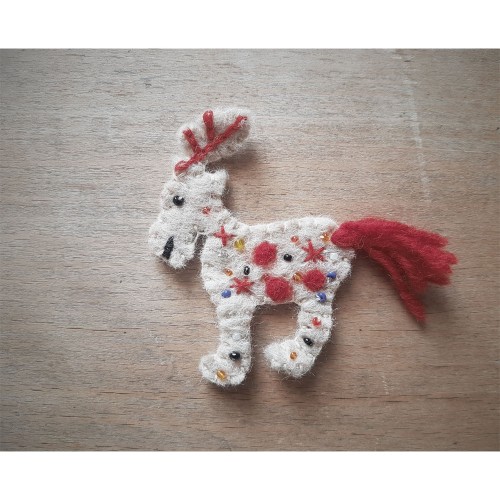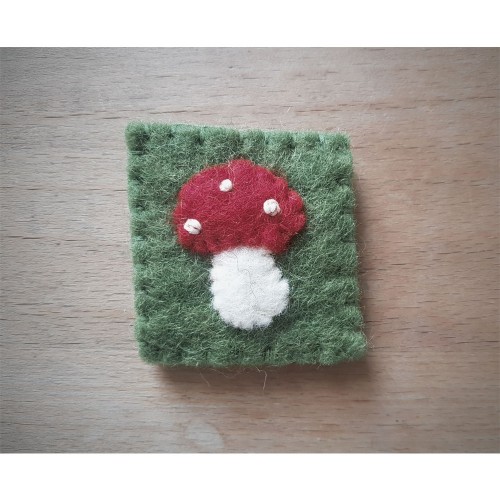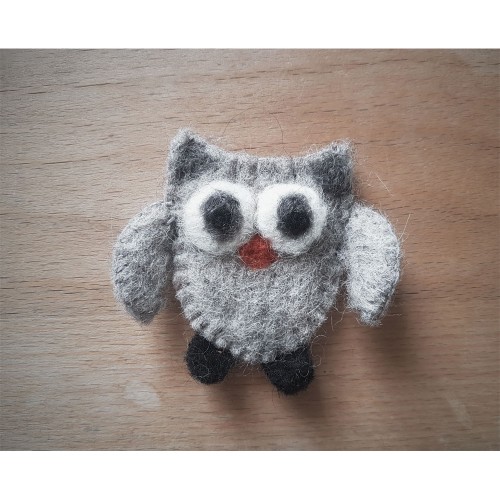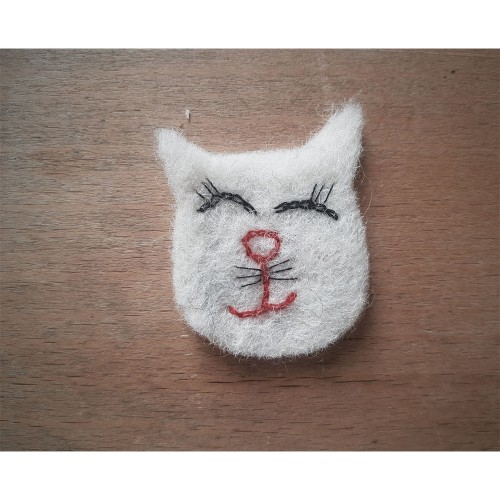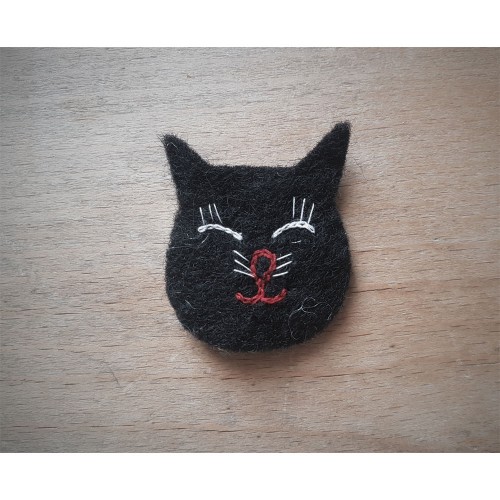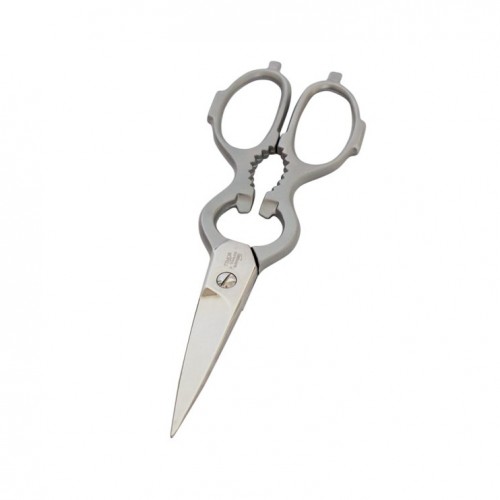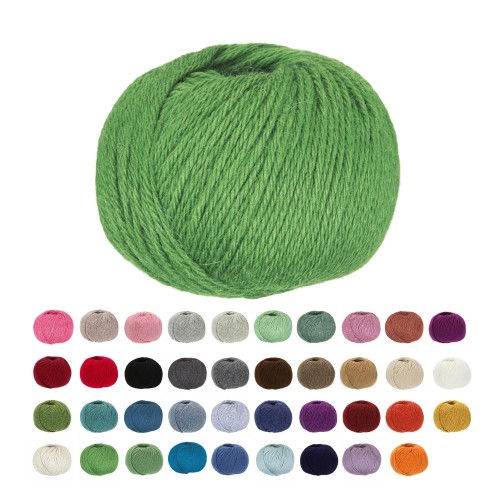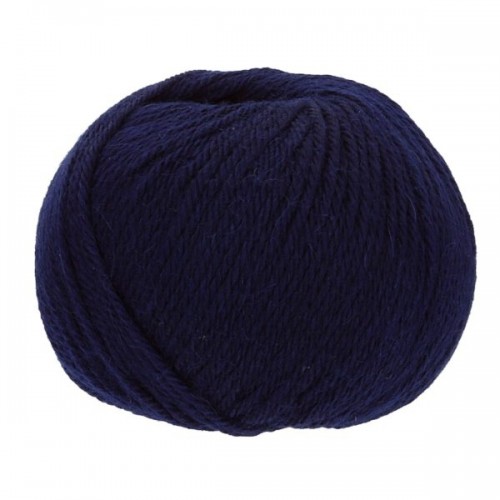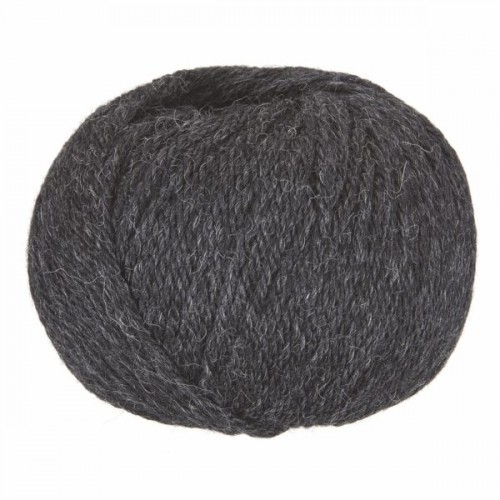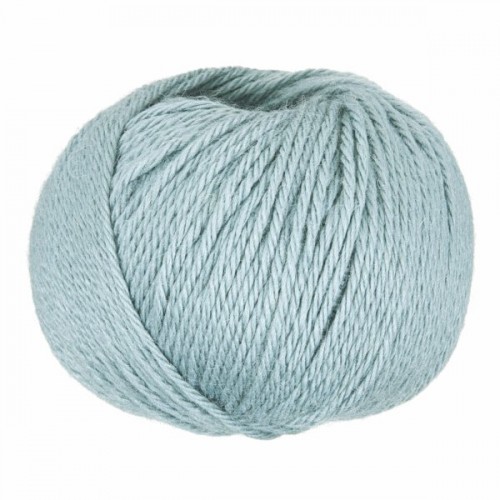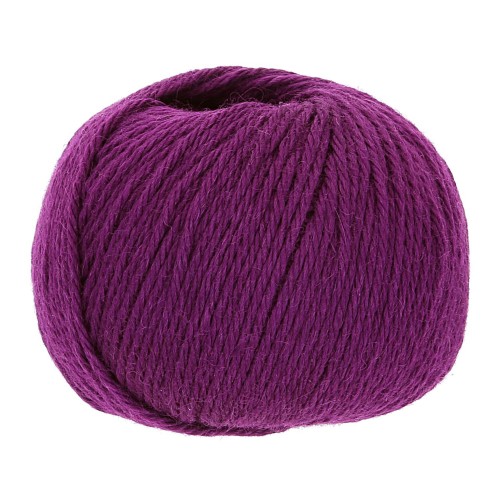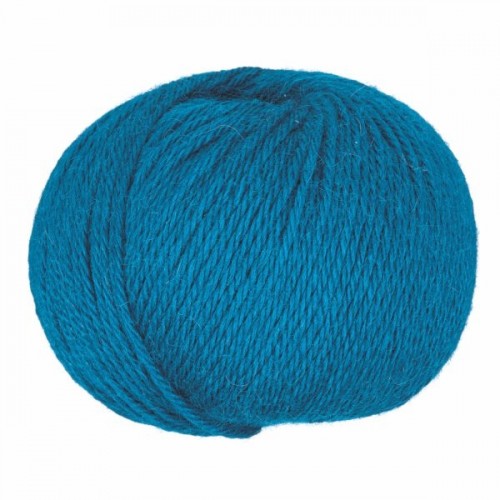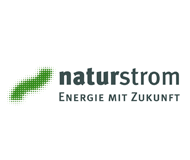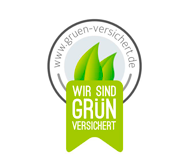Art Crafts & Needlework at Greenpicks
How can you be eco-friendly in handicrafts and needlework?
Hobbies that are great fun can also be done very comfortably at home. Most of the time, you only need a few accessories to pursue your favourite pastime. With the right accessories, handicrafts and needlework are also ecologically compatible.
Perhaps the cellar or attic also reveals treasures that can be upcycled and combined with new eco-friendly materials. DIY (do-it-yourself) is a hobby with resource-saving value.
read more »Handicrafts with natural materials
Vernal craft ideas are especially popular around Easter. Many plants and foods are perfect for colouring Easter eggs. Summer offers great opportunities for doing crafts in the open air. Suncatchers are wonderful to make in summer from the flowers that you find in the colourful meadows to pick. The materials needed for this are available in ecological quality, so that crafting remains environmentally friendly. Beechnut, acorns, chestnuts, non-toxic berries and moss in autumn and fir twigs, pine cones and tree bark in winter make for decorative atmospheric pictures. Paired with a wooden bowl or glass bowl, there are always new decoration possibilities that are sustainable. The natural materials are compostable and the bowls can be used again and again. Dried flowers and twigs give candle holders a new design every season. The ever-changing decoration options extend the useful life of candlesticks – and that, is ultimately sustainable, too.
In most places it is illegal to remove beach material. The four ‘f’s - It’s a little known but reassuringly archaic fact that under English common law you can normally pick the “Four F’s”, if growing wild – fruit, fungi, flowers and foliage, for non-commercial use, anywhere where you can legally go. Firewood is not the fifth F, by the way.
Upcycling is the appreciation of nature
Nature is not the only source of recyclable treasures for DIY (do-it-yourself) and upcycling. Responsible manufacturers also use raw materials down to the last scrap or provide wood chips, wood scraps, fabric remnants, recycled yarn for small money for crafting and DIY. With a little skill, a wooden block can be turned into a bowl for jewellery, fabric scraps into a patchwork quilt and wool scraps into colourful knitted socks.
Eco-friendly needlework accessories
Needlework such as knitting, crocheting, sewing, embroidery, felting and DIY are simply part of an ecologically sustainable lifestyle. It stands for consumerism, for do-it-yourself, and offers creative solutions for less waste and zero waste in everyday life. Fabric and organic wool can be used to make a variety of objects – from fashion accessories and outerwear to stuffed animals, cuddly toys and home textiles. While yarn and wool are usually only used once, crochet hooks, knitting needles, embroidery and wool needles as well as scissors are with you for quite a while. The rule here is: quality before quantity. Handicraft accessories made of high-quality materials are more environmentally friendly and replace cheap plastic tools.
Needlework with natural fibres
The classic among handicrafts is knitting. Whether hats, scarves, gloves, socks or jumpers – warm knitted pieces are created from wool with a knitting needle. Most people associate wool with warm clothing. After all, wool is made from the fur of sheep, lambs, alpacas, camels and yaks. These animals live in different climatic regions around the world. This also explains why wool has temperature-balancing properties. The example of the alpacas, llamas and small camels living on the plateaus of South America is a good illustration of this. The fluffy, soft fur protects them from extreme weather such as rain and wind. In winter it keeps them warm in ice and snow and in summer it protects the animals from the blazing sun. The fur protects the animals from these extreme temperature fluctuations. Humans adopted this. Making wool into clothing has a long tradition.
How is organic wool obtained gently and processed in an environmentally friendly way?
Eco-friendly wool is wool fibres of animal origin (sheep, alpaca, lamb, camel, etc.) or of plant nature (cotton, linen, hemp), which are obtained under particularly environmentally friendly and resource-saving production processes. Various criteria and certifications provide guidance as to whether the wool has been produced and processed under species-appropriate and environmentally sustainable conditions. Important criteria for ecological wool production are lower water consumption and sparing use of pesticides and other chemicals in further processing. Certified farm animal welfare and housing regulates that the animals have plenty of space, exercise and large grazing areas, they can reproduce naturally, no pesticides or fattening aids are used – and of course the controversial mulesing is also prohibited.
Similar to certified organic species-appropriate husbandry, pesticides and herbicides are largely avoided in the cultivation areas for natural fibres from organic plant breeding. Natural textile manufacturers do not use toxic chemicals in the further processing of the wool fibres obtained. This means that the skin does not even come into contact with insecticides when crocheting and knitting with organic wool and when wearing the knitted goods later on.
Sustainability criteria for organic wool / natural wool / eco wool
Since the terms "organic", "eco" and "natural" are not protected in the clothing industry, various certifications provide guidance as to whether wool meets sustainable criteria. Controlled farm animal welfare and housing in accordance with the guidelines for organic farming regulates animal husbandry appropriate to the species. The Naturtextil IVN BEST certificate guarantees the highest ecological quality. Organic wool is the prerequisite. Each processing step is controlled and documented – from the production of the raw fibre to the finished garment. Less strict, but still on a high ecological level is the GOTS (Global Organic Textile Standards) seal. Textiles that consist of at least 70 percent organically produced natural fibres and meet the requirements may carry the GOTS seal ("made with x% organic"). From 95% organic content, the addition "organic" is awarded. For pre-treatment, ammonia treatment, as well as chlorination of wool are prohibited. Only oxygen-based bleaches like peroxide, ozone, etc. are allowed.
The RWS (Responsible Wool Standard) is a voluntary global standard that farmers can join and have their sustainable practices audited and certified. This underlines that the origin of the wool is correct (including no mulesing).
Realise creative ideas sustainably with crafts and handicrafts
With homemade needlework individual knitted goods come into being that stand out from commercial mass-produced goods in every respect. Knitting, crocheting, sewing are a meditative processes in which the result is quickly visible. Handicrafts also bring a quick sense of achievement. Self-efficacy can be experienced through both.
Therefore it is worthwhile to find out about ecologically compatible handicraft accessories and organic wool before buying: the Greenpicks sustainability criteria contain information about organic standards and the type of animal husbandry.


